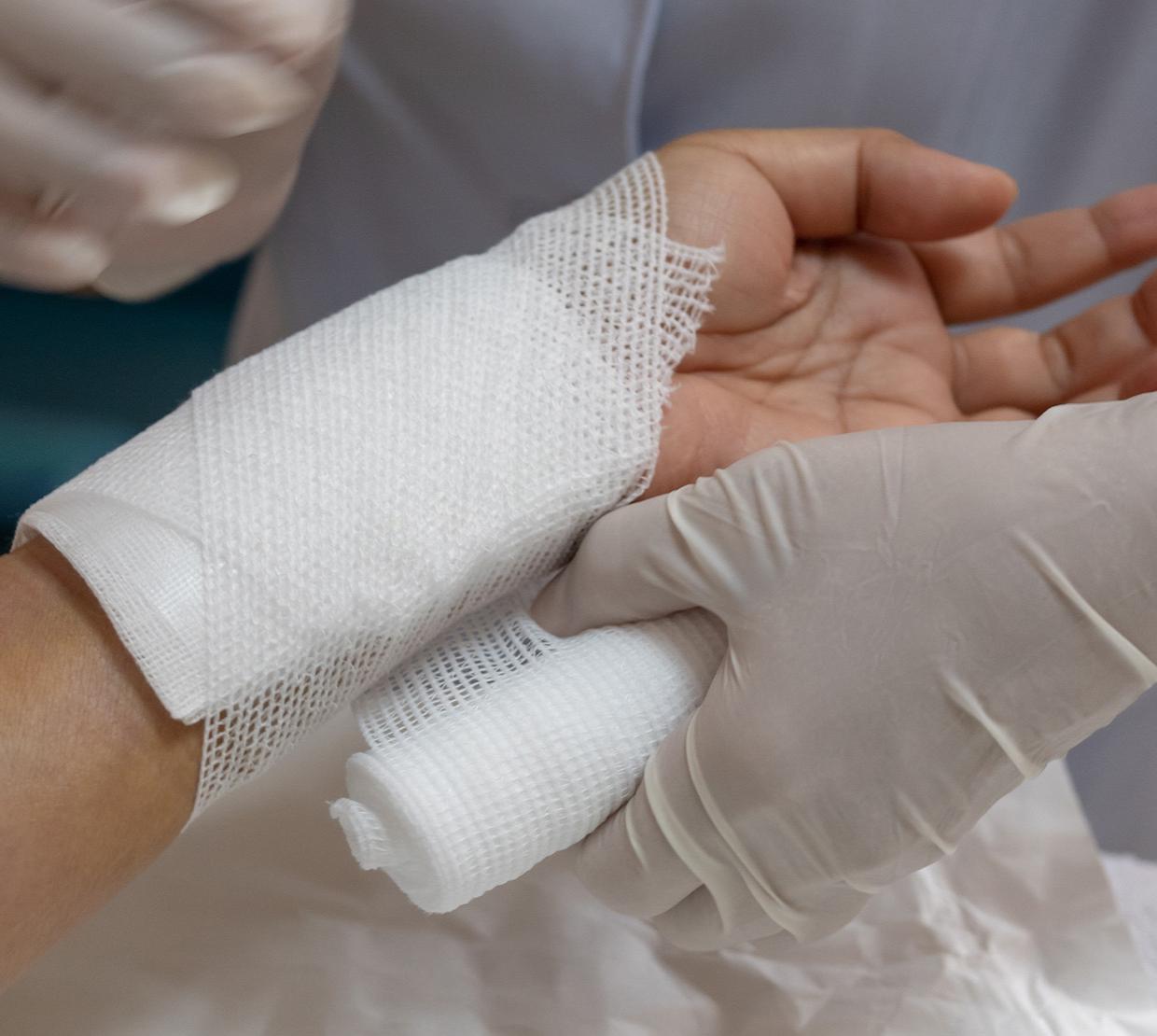Researchers in the Department of Biochemistry and Biophysics have made a key advance against dangerous and costly surgical site infections, the type of infection most commonly associated with health care procedures.
Each year in the U.S. alone, the researchers note, roughly 300,000 surgical patients develop an infection within 30 days of their operation, and more than 13,000 of those people die. The infections account for an estimated $10 billion in additional health care costs.
But researchers at OSU and the University of Nebraska Medical Center have uncovered a possible new preventative technique: adding an enzyme inhibitor to nanofiber-based wound dressings loaded with vitamin D, resulting in cells better producing an antimicrobial peptide.
“Because these wound dressings work by enhancing innate immune responses rather than by containing conventional, single-target antimicrobial compounds, they are less likely to contribute to drug resistance,” said Adrian Gombart, professor in the department of biochemistry and biophysics.
Gombart is a principal investigator at the Linus Pauling Institute, and his collaborators have for years been probing how to use vitamin D to combat infection via wound dressings and sutures.
Read the full story here.




